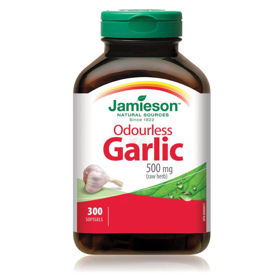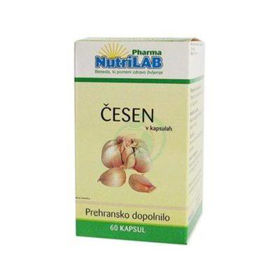Customer question:
What are the symptoms of the present podiatry? Anonymous customer's question
Pharmacist's answer:
The roundworm (Enterobius vermicularis) is a parasitic worm that causes an infection called enterobiosis.
Symptoms include:
- Itching around the buttocks: the most characteristic symptom is itching in the anal region. The itching is often more intense at night when the worms are more active.
- Redness and irritation of the skin: the skin around the buttocks can become red and irritated due to itching and scratching.
- Small white worms in the stool: worms may appear if the infection is more severe. However, these worms are small (0.5 to 1 cm) and challenging to see.
- Vaginal itching in girls: In girls, the worms can sometimes move to the genital area and cause itching there.
Sometimes, a worm infection does not cause noticeable symptoms, especially in adults. Enterobiasis is more common in children and can spread quickly in school and nursery environments. Infection usually occurs when a person swallows the eggs, which then develop into worms in the digestive tract. Contaminated hands or objects usually transmit eggs.
How do we identify the subsoil in the mud?
Wormworms (Enterobius vermicularis) are tiny white worms approximately 0.5 to 1 centimeter long in adult form. Because these small worms are often challenging to see in the mud with the naked eye, however, seeing worms in the stool or around the anal region may indicate an infection with Enterobius vermicularis. Here are some steps to identify worms in feces:
- Stool sampling: use a plastic or wooden stick to collect a small stool sample.
- Using a clear plastic bag: Place the stool sample in a clear plastic bag.
- Light examination: place the bag under a bright light, perhaps check with a magnifying glass. Pay attention to the small white worms that can be seen in the sample.
- Anal region: you can also observe the anal region, especially at night when the worms are more active. Itching around the buttocks, often more intense at night, can also signify a worm infection.
Sometimes worms are not always present in the stool, so observation around the anal region can be purely informative. If you suspect you have a worm infection, consult your doctor. The doctor can confirm the diagnosis by analyzing stool samples or recommend other diagnostic procedures. Treatment usually involves the use of antiparasitic drugs.
What do the subcategories look like?
Enterobius vermicularis, better known as roundworms, are tiny parasitic worms that can appear in the intestines of people, especially children. Adult worms have a characteristic shape that can be described as follows:
- Size: adult worms are small, about 0.5 to 1 centimeter long. Females are usually larger than males.
- Color: they are white and have a cylindrical shape.
- Slim appearance: worms have a thin and threadlike appearance.
- Oval head: at one end of the worm is an oval head, better visible under a microscope. The head contains structures that allow the worm to attach to the intestinal wall.
- Slim, conical tail tip: A thin, conical tail tip is at the other end of the worm.
The colon is usually found in the large intestine, but it can sometimes move to other parts of the digestive system, including the small intestine and appendix. It is important to note that they can be challenging to see with the naked eye, as they are small and usually hide inside the intestines. If you suspect an infection, consult a doctor who can recommend appropriate tests and treatment.
Interesting reading: Scabies in humans
Interesting reading: Dry mouth only at night












 Facebook
Facebook
 Instagram
Instagram
 info@moja-lekarna.com
info@moja-lekarna.com

